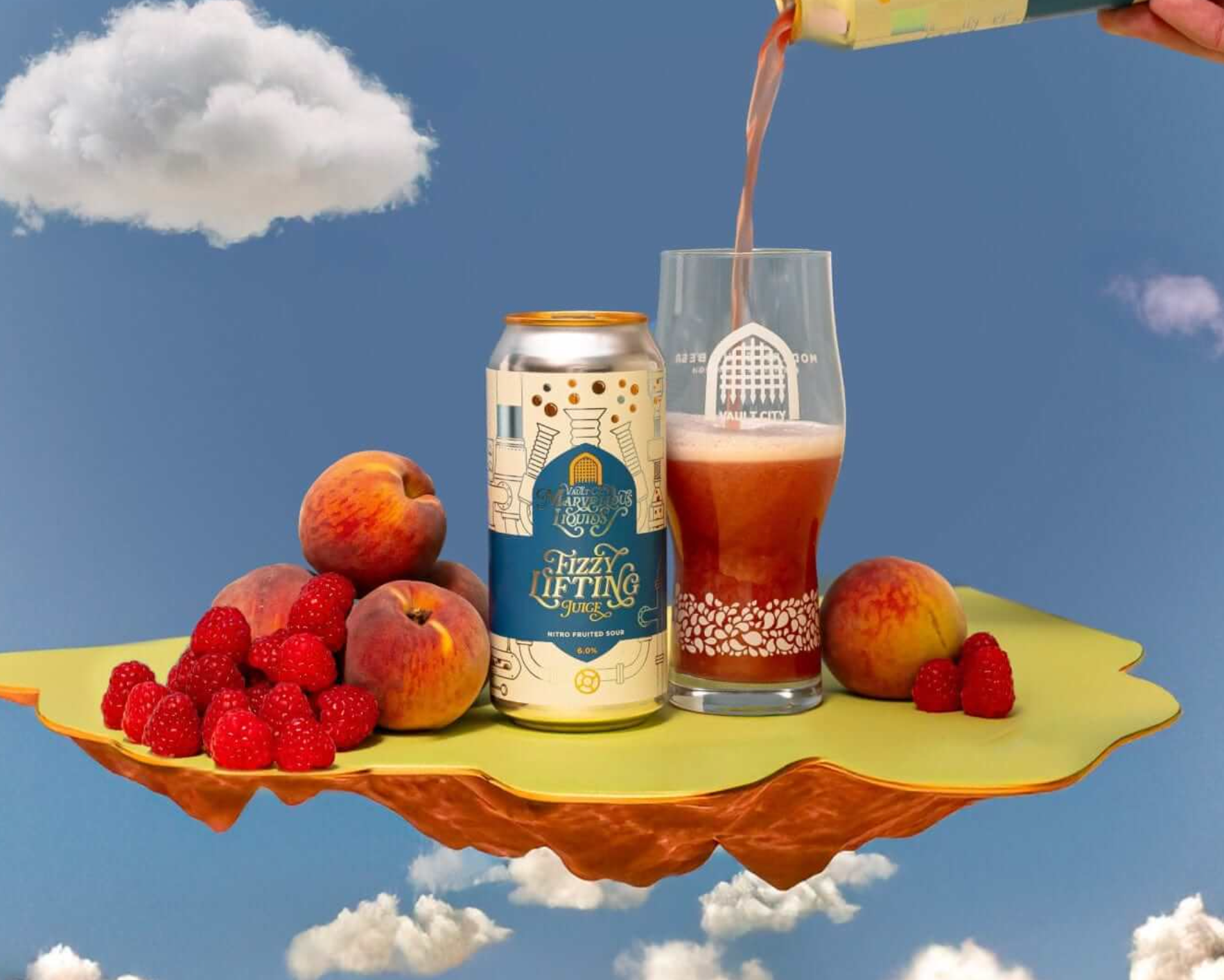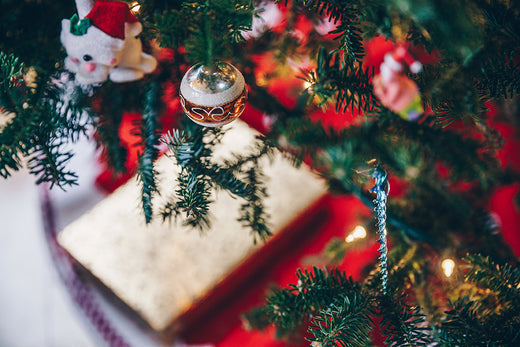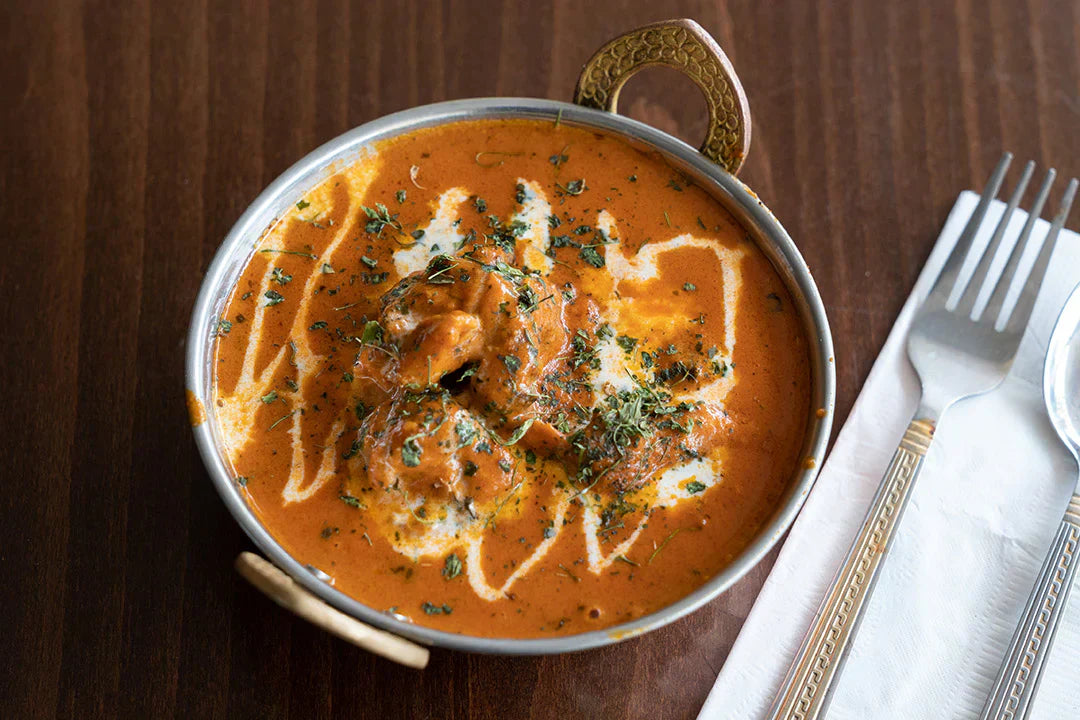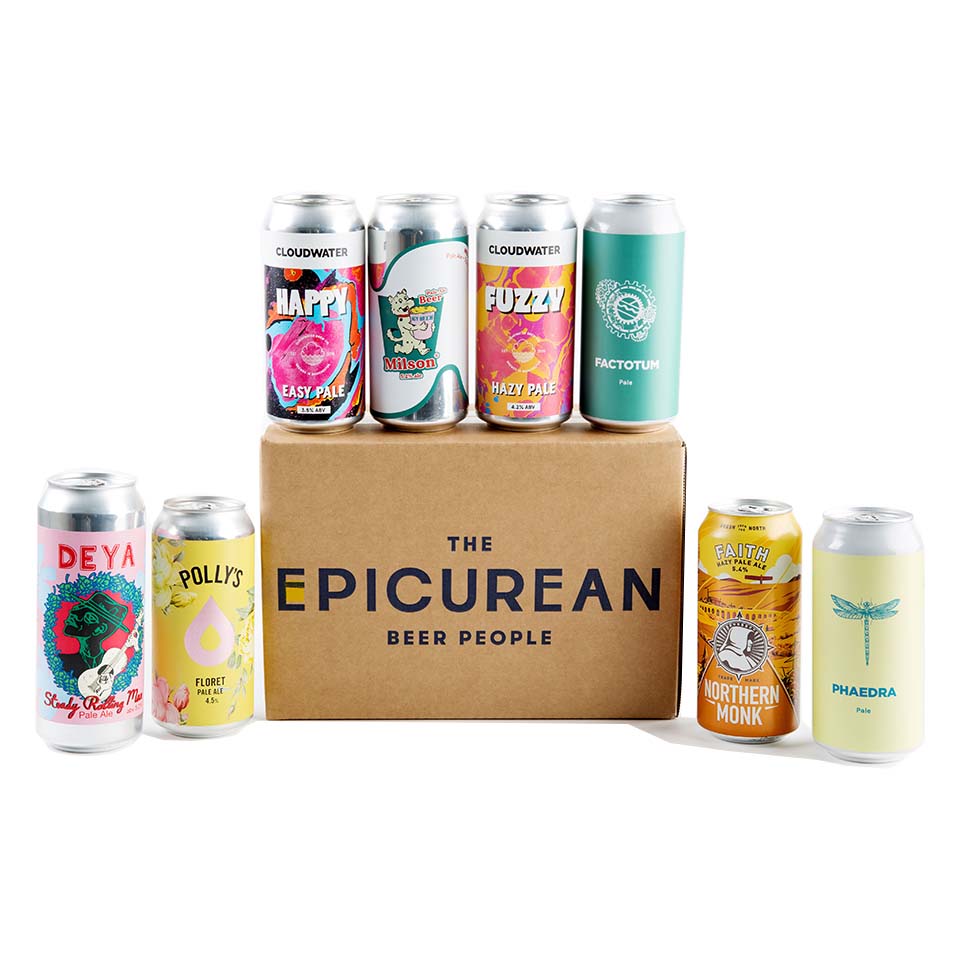
Beer Style Guide
June 15, 2021
IPA
An IPA, or India Pale Ale, is a type of beer that is characterised by its hoppy flavour and higher alcohol content (often in the 5.5-7.5% ABV range). It is called an India Pale Ale because it was originally brewed in England for export to India, and the extra hops were added to the recipe to help preserve the beer during the long voyage. In modern brewing, IPAs are often hopped even more than they were traditionally, and are hopped much later in the brewing process. This is called “dry-hopping”, and imparts much more aroma to the beer. There are many different sub-styles of IPA, each with their own characteristics and flavours:
West Coast IPA
Innovated on the West Coast of the US, this style of IPA is predominantly known for its dry, assertive bitterness. The hops used are selected for primarily citrusy, Some, like Kees’ California Sun, might also have a pronounced malty “backbone” to stand up to the bitterness from the hops.
New England IPA
Originating in Vermont in 2004, New England IPA, or NEIPA, is a predominantly hazy, more full-bodied style of IPA. NEIPAs tends to have much higher hopping rates than West Coast IPAs, and are often noted to be “double dry-hopped” (often shortened to DDH). They are often brewed using a high proportion of oats and wheat for increased body and mouthfeel. As a result, NEIPAs, like DEYA’s Into The Haze tend to have much more pronounced tropical flavours and little to no bitterness, as they use hops grown for their aroma rather than bittering qualities.
Double IPA
Double IPAs, or DIPAs, are the bigger, stronger (8-9% ABV), hoppier version of IPA. As with standard IPAs, they have their own set of sub-styles that mirror IPAs. West Coast DIPAs, such as Verdant’s Welcome U-Turn, double down on the bitterness and resinous flavours. New England DIPAs like Verdant’s Fruit Car Sight Exhibition, have their tropical flavours amped up even further due to massive hopping rates.
Other Styles Of IPA
Many other varieties of IPAs exist, often combining aspects of different styles. Mountain IPAs or California IPAs like Pressure Drop’s Lost Tapes are a style where the aroma of NEIPAs are paired with a West Coast bitterness. Cold IPAs, like Full Circle’s Hybrid Moment are a recent trend where IPAs are brewed using lager yeast for a cleaner, crisper beer. IPAs and DIPAs can also be brewed using lactose for creamy sweetness in “Milkshake IPAs”, like Track’s Gold Top series, or soured and fruited to produce Sour IPAs like Pomona’s Put Down Cello, Take Bongos. Triple and Quadruple IPAs also are brewed on occasion, reaching incredible hopping rates and ABVs up to 12-13%.
Pale Ale
Pale Ale can be thought of as IPA’s little brother. Brewed to a much more sessionable strength, they can also be found in a variety of styles. Hazy or New England Pales, like Donzoko’s Alright? Feature low bitterness and tropical hop aroma, whilst West Coast Pales and dry and bitter like their bigger siblings. Most pale ales tend to fall somewhere in the middle, like Track’s Sonoma. These balance hop flavour with drinkability and are probably the most popular style of craft beer sold today.
Lager
The world’s most popular beer category, lagers are brewed using much lighter malt and a slower, “cleaner” yeast than ales. Traditionally they would be stored, or lagered, at lower temperatures for months before they were consumed. Most commercially produced lagers nowadays are speed-brewed in huge factories, but both traditional European breweries and modern craft breweries are staying true to traditional methods of lager brewing. Many sub-styles of lager also exist, from light and crisp Munich-Style Helles like Tegernseer Hell, herbal North German Pilsner like Jever or unfiltered, lower-carbonation Kellerbiers like Hacker-Pschorr Kellerbier. Other styles include those like Früh Kölsch, a lager from Cologne brewed with top-fermenting ale yeast for a fruitier flavour; dark, roasty Schwarzbiers and Munich Dunkels like Tegernseer Dunkel Export; and modern, hybrid styles like Lost & Grounded’s Keller Pils.
Bitter, Mild & Brown Ale
Bitter, like Saltaire’s Best, is a type of traditional English ale that is characterised by its balanced flavour and moderate bitterness. It is a popular style of ale in the United Kingdom, and it is often served on cask in pubs. Bitter is typically amber to copper in colour and has a medium body, with a balance of malt and hop flavours and aromas. The bitterness in bitter ales comes from the use of traditionally English hops, which are added to the brewing process to give the beer a spicy, floral, or citrusy flavour and aroma. Related to bitters are beers like Milds (for example, Marble Mild) which tone down the hops for a more moreish, sweet character, and brown ales like Sam Smith’s Nut Brown which dial up the use of darker malts for a more complex taste.
Stout & Porter
Stouts and porters are often confused, but the prevailing difference is that stouts are brewed using roasted barley whilst porters are not. They are, however both rich, dark and complex beers with, again, a huge group of sub-styles present for both. Dry stouts and export stouts are beers which derive all their flavour from roasted barley and speciality malts, and often, like in the case of Squawk’s Corvus, can be slightly higher in strength. They are often brewed with oatmeal for a smoother body, for example Verdant’s Velvet Overground. Stouts and porters can also contain other flavours such as fruit, like Titanic Plum Porter, or more exotic ingredients, such as Amundsen’s Dessert In A Can Series. These are often brewed to very high, or Imperial strength and are sometimes aged for a time in used spirit or wine barrels, as is the case with beers like Fyne’s Mills & Hills. Generally speaking, stout and porter are where brewers tend to be able to express themselves the most as the beers can be vehicles for all manner of wacky ingredients and flavour profiles.
Sour
Sour beer is a type of beer that is made with bacteria or wild yeast in addition to regular brewing yeast, which gives it a sour or acidic taste. Sour beer is a broad category that includes many different sub-styles, such as Berliner Weisse (like Lervig’s Sour Suzy), Gose, Lambic (Like Cantillon Kriek), and Flanders Red (e.g. Duchesse de Bourgogne), which vary in terms of their flavour, strength, and other characteristics. Sour beers are often described as tart, tangy, or fruity, and they can be made with a variety of different fruits, including cherries, raspberries, and peaches, to give them a unique flavour profile. Sour beers are made using a variety of traditional brewing techniques, including open fermentation, barrel ageing, and the use of wild yeast and bacteria. They are often enjoyed by craft beer enthusiasts who are looking for a more unusual and complex flavour profile.
Belgian Beers
Belgium produces a wide variety of speciality ales that elude easy classification. One of the most popular styles is Belgian Blonde, like Bruges Zot. These are light in colour, sweet and lightly hopped but can be quite strong. Dubbels, or Brune/Bruin are darker, sweeter and stronger, like St. Bernardus Prior 8. Tripels (like Straffe Hendrick Tripel) tend to be very light in colour, and very alcoholic and dry. Quadruples, or “quads” (like St. Bernardus Abt 12) are the sweetest, darkest, richest and booziest Belgian beers, incredibly complex beers that can actually age like wine, and gain complexity. Other Belgian styles include Witbier, a light, floral style of wheat beer brewed with orange peel and coriander seeds. Blanche De Bruxelles is a classic example of this.
A huge aspect of Belgian beer culture is the importance of Trappist Beer. These beers are produced under the strict supervision of Trappist monks and are amongst the most wisely regarded beers in the world for their quality, consistency and mystique. Great examples of these include Westmalle and Trappists Rochefort, as well a recent addition, the UK-brewed Tynt Meadow
Other Beer Styles
Other beer styles are extremely popular, such as German wheat beer, or Hefeweizen (like Erdinger) which are extremely full-bodied beers with an almost banana-like flavour gained from the yeast strains used.
Saisons (like Saison Dupont) or Farmhouse Ales are a light, dry and funky beer style originating from Belgium and France. Originally given to farm workers in the summer months, they have a spicy and fruity flavour profile and often incorporate unusual yeast strains, spices and fruits.
Many other beers simply defy classification, such as Orval, a dry-hopped, Belgian Trappist pale ale. Also many outliers exist in each category. Take Rauchbier, made famous by Schlenkerla, an intensely smoked, almost savoury lager from Bamberg.
Beer is an extremely wide and diverse drinks category, and is constantly evolving and changing – there’s never been a better time to be a craft beer lover!





